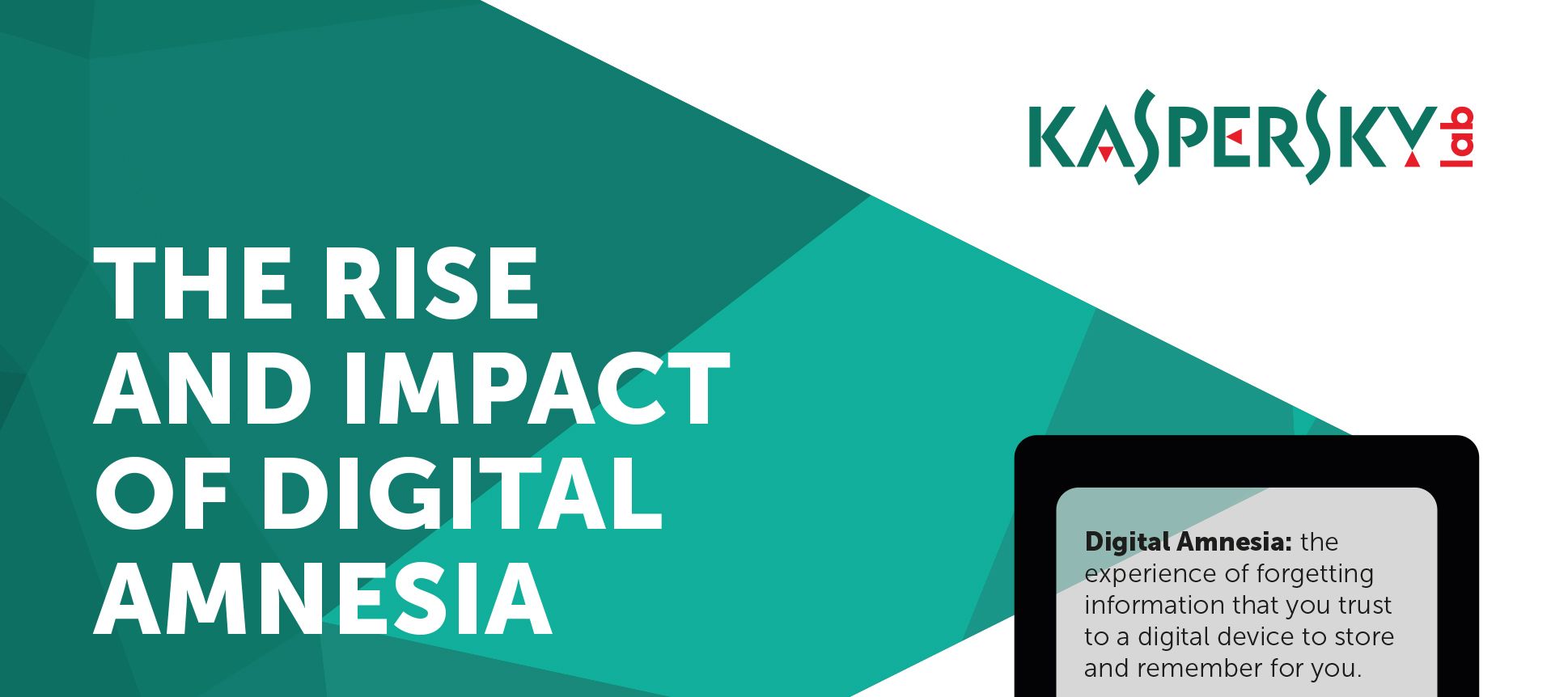Kaspersky | Technology

Challenge
Global cybersecurity company Kaspersky wanted to explore a concept they termed ‘Digital Amnesia’ to understand how reliant people are on technology to recall and research information, and whether people are moving away from traditional methods like remembering phone numbers and looking at books to research topics. They were keen to establish how much of a role technology plays in this space now; what we do (if anything) to protect this information; how we would feel if we lost all the information held on our devices; and what we could do to prevent this from happening.
Solution
We worked with PR company Berkeley to develop questions to explore the Digital Amnesia concept and then sourced and recruited 10,000 males and females in total aged 16 – 55+ to participate in the research. Initially research was conducted online in the UK, France, Germany, Italy, Spain & Benelux. Then on the back of its success and to enable comparative data, it was rolled out online in America, Asia, Malaysia, Australia & India. To establish clear trends across gender and age, we recruited a robust number of male and female respondents across specific age categories.
Results
Once the research had been completed, we reported for each country in table and chart format so that responses to each question were displayed by gender, age and region and trends for each of these groups could be easily identified. The research has been used in multiple formats including a white paper, several executive summaries, & infographics that have been used online and in social media to drive traffic to the website as well as using some of the research questions for visitors to the website to complete for ongoing insight.
The findings formed an article as part of Kaspersky’s corporate news and has been published by CBC, International Business Times, The Inquirer, RT, Daily Mail, Computer Business Review, Digital News Asia, and The Daily Telegraph to name but a few. Kaspersky has also been on the Today Show in the USA and had blogs on Forbes and The Huffington Post. In addition, a YouTube video was produced, providing an audio and visual story using the findings.